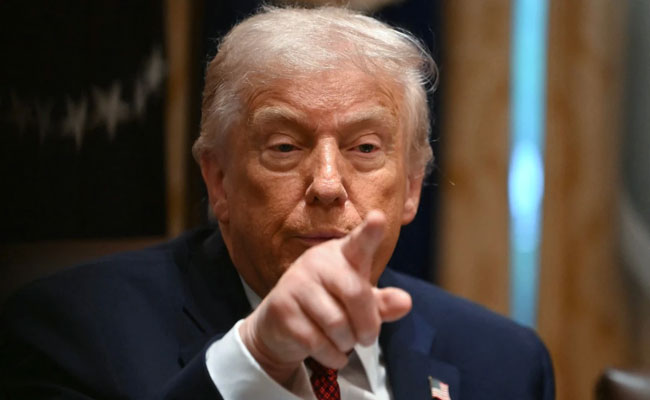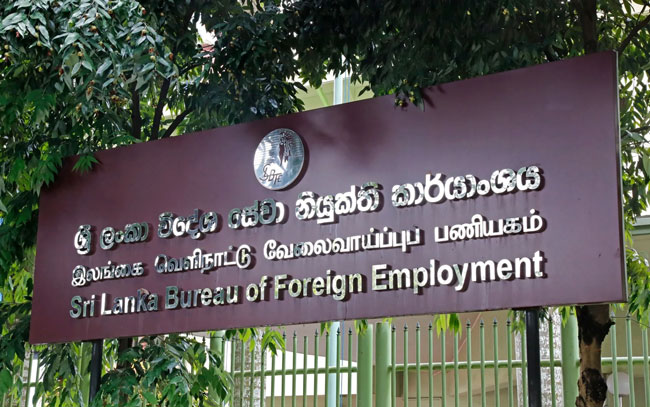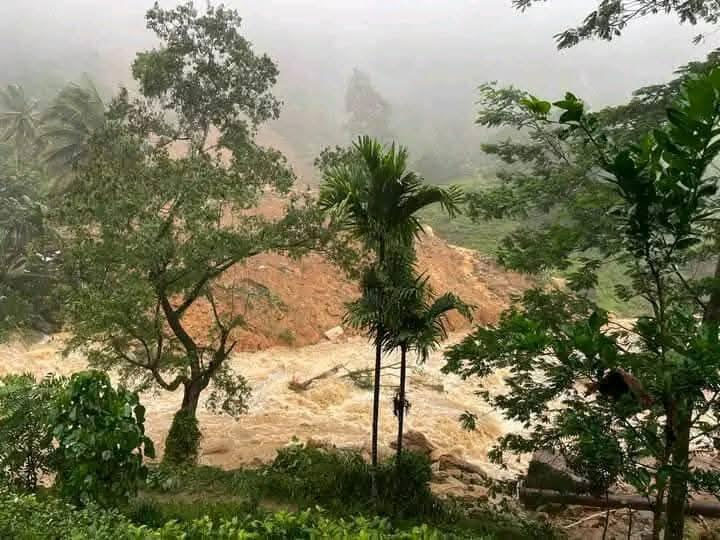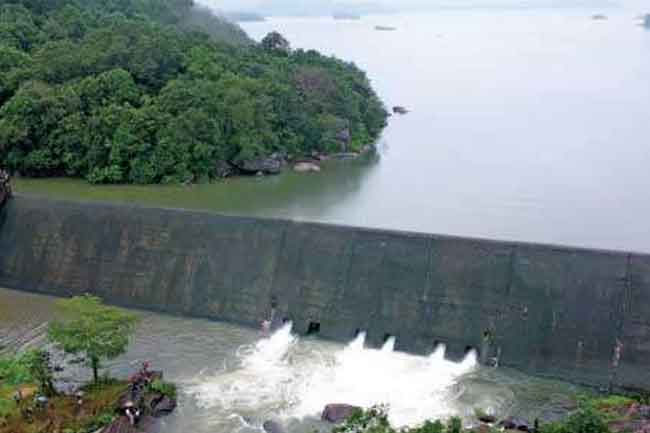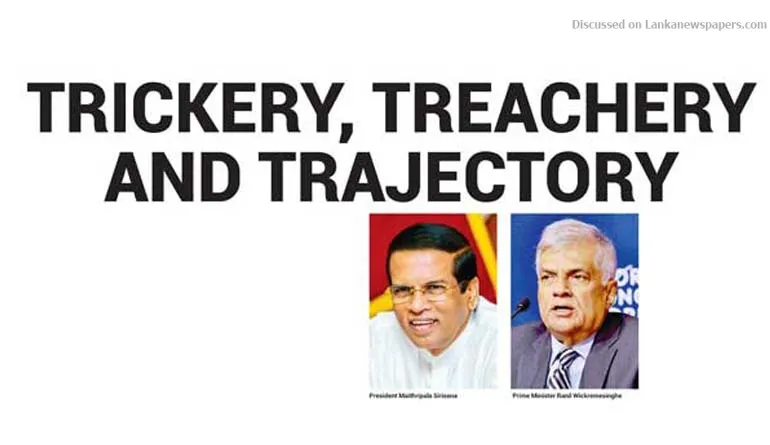
An air of melancholy shrouds the paradise isle in the anticlimactic aftermath of the Local Government polls. The euphoria surrounding the Sri Lanka Podujana Peramuna (SLPP) camp has diminished now that it has become clear the Government is unwilling to yield. Yet, in spite of a demoralizing defeat, and in the wake of an impending spate of elections, the incumbent Government has chosen to continue with petty political skulduggery. Of all things come and gone, a change of Prime Minister was needed. President Maithripala Sirisena had commanded the resignation of Prime Minister Ranil Wickremesinghe, which was effectively parried by the latter with an abject refusal. Wickremesinghe may have foreseen this day coming given his zany political antiques, and had made subtle changes in the 19th Amendment to have him and his party protected. President Sirisena was in for a rude shock as it dawned that he had been taken for a ride, so much so that he had to cancel a press conference scheduled for the following morning. Change of Prime Minister President Sirisena had come to realize that his powers had been slightly dispossessed. He could not play the same Constitutional games as he did upon attaining power. On 9 January 2015, when the country rejoiced at the victory of Maithripala Sirisena, he took oaths and began his political skulduggery when he appointed Ranil Wickremesinghe without removing D.M. Jayaratne in writing. It was an ingratiating attempt at upholding his pledges to his allies at the cost of the Constitution. Nonetheless, he was indeed empowered to remove a Prime Minister and appoint a new one at the time, so the violation was overlooked. Only a few months later, with the SLFP at ransom thanks to the juxtaposition of having conflicting leadership claims and a coercion of withdrawing Parliamentary pensions, the 19th Amendment was passed. Through this, Wickremesinghe ensured that the fate of D.M. Jayaratne did not befall him. Only a subtle change was made, which went almost unnoticed by all else. Prior to the 19th Amendment, the President was empowered to remove the Prime Minister with merely a writing under his hand. Now, Article 46 reads that a Prime Minister can be removed only when he submits a written resignation or ceases to be a Parliamentarian. The Constitution also provides safeguards for the Cabinet and permits them to continue till the results of the General Elections are announced. However, there is a phrase in Article 47 (2) of the Constitution that requires clarification. It states that regardless of whether the Prime Minister dies, resigns from office, or is removed from office, during the period of dissolution of Parliament, Cabinet will continue to function. The contentious phrase is, 'removal from office.' Does this provision suggest that, although the Constitution does not expressly state so, the President is customarily permitted to change the Prime Minister as he wills? This position can gather support from Article 48 (1) of the Constitution, where the phrase reads "On the Prime Minister ceasing to hold office, by death, resignation or otherwise." The word otherwise gives the impression that there could be other ways the Prime Minister could cease to hold office. Perhaps it may be a little too dangerous for the President to blatantly overrule the Constitution by removing the Prime Minister like he did with former Chief Justice Mohan Peiris. However, he will imminently be playing with fire this time around. If he must play by the rules, then he may have to follow Article 48 (2) which stipulates how the Government can be dissolved. The Constitution states that Cabinet can be overthrown if the statement of government policy is voted down, the Appropriation Bill (Budget) is rejected or if a no-confidence motion is passed against the Government. The statement of government policy is delivered by the President at the commencement of the new Government, and it is optional, and can therefore be ruled out. That leaves the Budget or a no-confidence motion. No-confidence motion Filing a no-confidence motion against the Government can be an arduous task considering that the Speaker Karu Jayasuriya and the Prime Minister Ranil Wickremesinghe belong to one and the same party. The manipulations of no-confidence motions began with Ravi Karunanayake when the Prime Minister purposefully delayed holding any such debate until too much pressure was applied. Although the vote against Ravi Karunanayake the first time failed, it proved the power of the Prime Minister in such situations. At present, if a no-confidence motion must be presented against the Government, it is most likely that Wickremesinghe would simply choose to dodge the bullet by not permitting the motion to be presented. The problem lies in the fact that there is no procedure set out by law in respect of no-confidence motions. The procedure of adducing ordinary motions is followed. Therefore, a petition signed by a few or several Parliamentarians is presented in Parliament, and then the Government mulls over whether or not they must have the matter in Parliament. The Speaker is the ultimate decision maker on whether or not Parliament must debate on the matter. There is absolutely no compulsion for the Government to take up such a vote in Parliament, hence the possibility of the no-confidence motion failing even before a vote has been taken. However, if a no-confidence motion is indeed taken up, and passed with a simple majority of 113 votes, the vote of no-confidence against the Government will stand, and the Government can then be dissolved. This is a lengthy and impractical expectation at present. It is better to await the vote on the Appropriation Bill (Budget) at the end of the year or the General Election expected at the end of next year. What now? With everything falling apart for the Government at the Local Government polls, the results were accepted as a warning to the Government. The Sri Lanka Freedom Party (SLFP) and the United People's Freedom Alliance (UPFA) together polled approximately 15% of the total votes, including humungous losses in the President's own district. With the results came the promise of 'visible change,' or as many ministers put out, Dhanena wenasak. The United National Party (UNP) too faced a miserable failure having won 42 Local Authorities as compared to the SLPP's mammoth 249 Local Authorities. They also accepted the defeat as a strong message of the people. Nonetheless, they chose not to yield Government. Instead, they demanded a Government of their own, without any SLFP involvement. Meanwhile, on the other side, there was increased pressure to rejoin forces with the Mahinda Rajapaksa clan in Parliament and form a Government of the SLFP alone. A union of this nature was deemed to be a true reflection of the people's mandate, as it would gather the 45% vote bank of the Mahinda Rajapaksa clan and the 15% vote bank of the SLFP/UPFA clan. However, this was a Local Government poll and not a Parliamentary poll. Therefore, as constitutionally mandated following the Nineteenth Amendment, the Cabinet shall continue. No change in the Prime Minister could be resulted. Therefore, all ministerial appointments will be in consultation with Ranil Wickremesinghe, although made by President Sirisena. This is why the Cabinet reshuffle makes no sense. Cabinet reshuffle Following the announcement of a reshuffle, the expectation was to be two pronged. The UNP changes were to happen on one day and the SLFP changes on a different day. With this understanding, it was announced that Prime Minister Ranil Wickremesinghe will also rake in the Ministry of Law and Order. The kick-off announcement turned out to be a shocker, especially considering his alleged involvement in the Central Bank Bond Scandal and personal relationship with the former Governor of the Central Bank, Arjuna Mahendran. The Ministry of Law and Order gives him control of the Police Force, and hence any and all arrests will be mandated by him. This would serve two primary purposes. Firstly, it could potentially protect himself and his allies from any allegations of corruption or wrongdoing. Secondly, he could politically victimize whosoever he wills, whether it be with evidence, without evidence or with manipulated evidence. While the other changes did not appear too big a difference, a rather redundant gesture was to replace the portfolio of Dr. Harsha de Silva. Dr. de Silva was previously the Deputy Minister of National Policies and Economic Affairs, and now he is the State Minister of the same subjects. This is especially redundant considering that both the Deputy Ministers and State Ministers hold zero powers unless delegated by the Minister. They are simply fashionable titles given to decorate Cabinet a little more. All in all, the reshuffle saw no major changes. It was merely the same faces taking charge of different portfolios. Conclusion While the Government treads a path of promises, the path continues to remain full of potholes. The foundation has been weakly built, and the pillars of strength are about to collapse. The only foreseeable visible change appears to be in the form of political victimization, given that an accused Prime Minister is now given charge of the Ministry of Law and Order. If the trickery and treachery continues, the trajectory becomes very clear. If the Government cannot beat a rising opposition, then perhaps holding their leaders behind bars would prevent them from contesting in future elections. As long as the political regime continues in this fashion, true democracy shall remain incarcerated and out of the reach of the general public.
About the author: The writer is a political analyst and an independent researcher of laws. He holds a Postgraduate Degree in the field of Human Rights and Democratization from the University of Colombo and an Undergraduate Degree in Law from the University of Northumbria, United Kingdom.
Share:
Popular News

